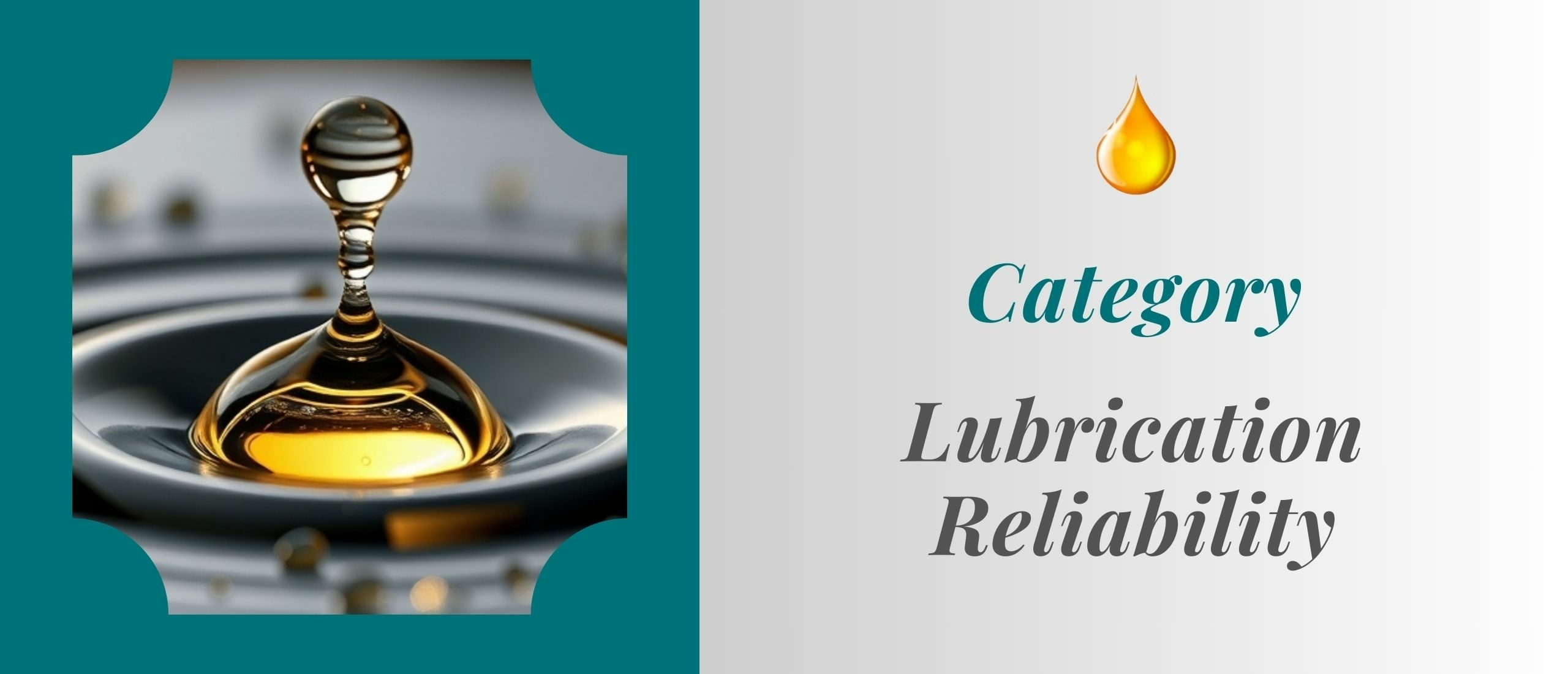
Step 4 - Why capping hoses matter
Explanation of why and how to ensure all hoses and nozzles are capped when not in use, as part of effective cleanliness control in lubrication reliability:
Why capping hoses and nozzles matters
Uncapped hoses and nozzles are one of the most common and overlooked sources of lubricant contamination. When left exposed, these openings can collect dust, moisture, metal particles, and other airborne contaminants. Even a few microns of debris entering through a nozzle can damage sensitive machine components or degrade oil performance over time.
Contamination often enters not during operation, but during handling and idle periods. By simply capping all hose ends and nozzles when not in active use, you create a physical barrier that preserves lubricant integrity and protects internal surfaces.
Risks of leaving hoses and nozzles uncapped
- Ingress of dust, dirt, or sand in workshops, construction sites, or outdoor facilities
- Moisture entry, especially in humid or washdown environments
- Cross-contamination from contact with other lubricants or chemical residues
- Internal oxidation or corrosion from exposure to air
- Introduction of fibres or debris from work gloves, rags, or the floor
Best practices for capping and sealing
- Use purpose-built caps or plugs
Choose durable, easy-to-clean plastic or metal caps designed for hydraulic and lubrication fittings. Avoid makeshift solutions like tape or rags. - Colour-code and label caps
Match caps to lubricant type using colour coding to avoid confusion and promote discipline. - Implement a capping policy
Make capping a standard step in your lubrication procedures. Include it in SOPs and technician training programmes. - Inspect caps regularly
Ensure caps themselves are clean and undamaged—dirty or cracked caps can cause more harm than good. - Store hoses properly when not in use
Use wall-mounted reels or hangers that keep hoses off the floor and away from contamination sources. Cap both ends securely. - Use dust caps on quick-connect fittings
Quick-connects are convenient but vulnerable to ingress. Use protective dust caps at all disconnect points.
Reader question: “Is capping really necessary if we clean before use?”
Cleaning before use helps, but it doesn’t eliminate risk. Some contaminants, like water vapour or fine dust, can migrate deep into hoses or fittings and may not be fully removed by surface cleaning. Capping prevents the problem before it starts.
Capping is a small act with a big impact. It takes seconds to do but can save thousands in repair costs, downtime, or oil replacement. In high-reliability environments, protecting every access point is not optional, it’s essential.
